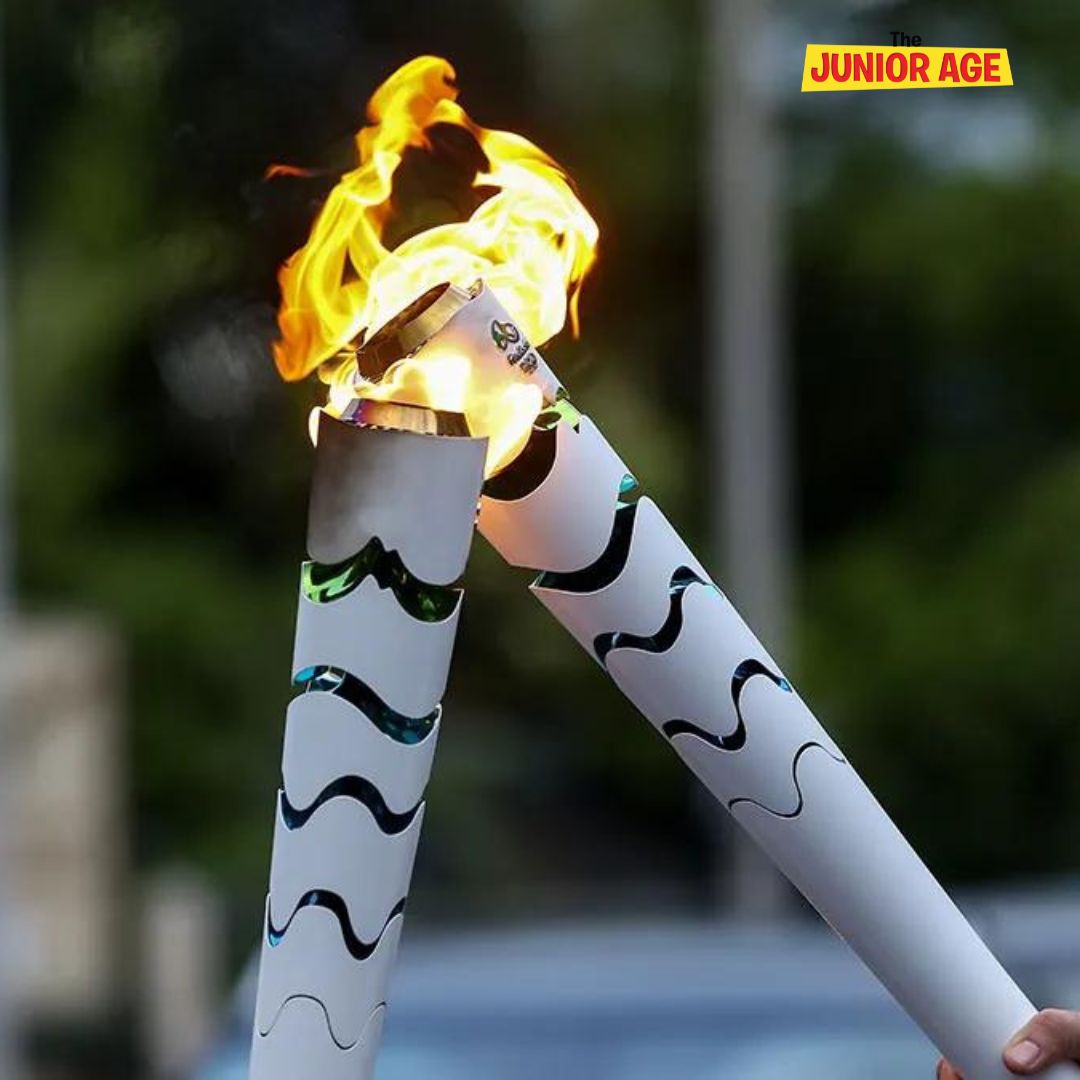What Is the Olympic Flame?
Before every edition of the Olympic Games, a flame is kindled by rays of the sun during a ceremony held in the ancient ruins of Olympia, Greece under the authority of the International Olympic Committee. This flame is known as the Olympic Flame. The Olympic Flame is usually lit at Olympia a few months before the opening of the Olympic Games. Starting the ceremony at Olympia celebrates the link between the Ancient Olympic Games and the Modern Olympic Games.


From Olympia, the flame is usually carried for a number of weeks until it reaches the host city, mainly on foot by runners, but also using other forms of transport.


For the Paris Olympics, the ceremonial lighting ceremony is scheduled on April 16 in Olympia, Greece. Over 11 days, 600 torchbearers in Greece will carry the flame 500 km across 41 municipalities.
The torch is passed from one torchbearer to the next until it reaches the cauldron at the opening ceremony at the Olympic Stadium. The flame announces the Olympic Games and spreads a message of peace of peace and friendship between the people. The Torch relay ends at the opening ceremony of the Olympic Games.
Olympia was where the Ancient Olympic Games were held.


Also Read, Bharat Ratna 2024: India’s Highest Civilian Honor Award
The Arrival Of The Flame In France
For the Paris Olympics, the flame will travel from Greece to France by boat. The Olympic flame arriving in the host country symbolises the advent of the spirit of the Games. Before lighting the cauldron at the opening ceremony, the flame is carried by a multitude of torchbearers throughout the host country and into the host city.

For the Paris Olympics, the flame will arrive in Marseille in France on May 8. The flame will arrive from Athens, Greece, after travelling by sea on board the full-rigged ship Belem.
The flame will then travel across various French territories for 68 days. 10,000 torchbearers will carry the flame across the 64 territories of France until July 26, when the Paris 2024 Opening Ceremony is scheduled to take place on the River Seine.
When And Where Did The Tradition Of The Olympic Torch Relay Begin?
The Olympic Flame first became a tradition of the Modern Olympic Games, when an Olympic Flame was lit and remained burning at the entrance to the Olympic stadium throughout the Amsterdam 1928 Olympic Games.
However, the Olympic Torch Relay was started for the first time at the Berlin 1936 Olympic Games. The torch relay has opened the Olympic ceremonies ever since.

Let The Games Begin
The Torch relay ends at the opening ceremony of the Olympic Games. The final runner (or sometimes runners) enters the stadium and lights the cauldron with the Olympic Flame. The Games can then begin!

The Paralympic Flame And Torch Relay
Shortly after the Olympic Flame is extinguished during the closing ceremony for the Olympic Games, the Flame for the Paralympic Games is lit in Stoke Mandeville (in England). Stoke Mandeville is the historic birthplace of Paralympic sport. For the Paris Paralympic Games, the flame after being lit in Stoke Mandeville will cross the sea like its Olympic twin. However, this time the flame will travel via the Channel Tunnel, marking the start of a legendary relay.


From August 25 to August 28, 2024, around 1,000 forerunners will carry the Paralympic Flame to around 50 cities throughout France.
Fun Facts
The current Summer and Winter Olympics torches that carry the Olympic Flame and are designed to withstand wind and rain. They are also uniquely designed to include special elements of the host country and spirit of the Games.
When two torches meet and one already-lit torch lights the flame of the other it’s called a “Kiss“.
Sometimes the Olympic torch can go out. Although, it’s really rare that this happens due to a malfunctioning burner or extreme wind. Just in case, there’s always a “mother flame” carried in specially designed miner’s lanterns that they can use to relight the torch.
Watch Full Video on, Who Was Jawaharlal Nehru | Interested Facts About Jawaharlal Nehru

